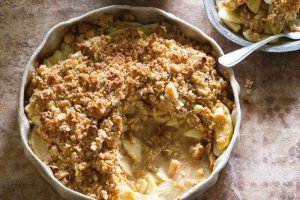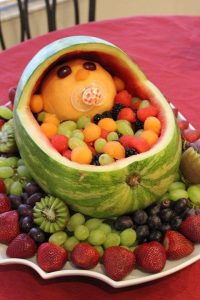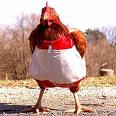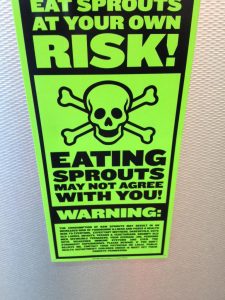Kevin Rawlinson of The Guardian writes the luxury spa chain Champneys is being taken to court over claims it told guests its apple crumble could help reduce the risk of cancer and other conditions.
 The chain has also been accused of failing to tell guests about allergens, including gluten, mustard, eggs and soybean, in its restaurant food. And it allegedly sold diners a vegan tofu Pad Thai dish that contained milk.
The chain has also been accused of failing to tell guests about allergens, including gluten, mustard, eggs and soybean, in its restaurant food. And it allegedly sold diners a vegan tofu Pad Thai dish that contained milk.
It had been due to go on trial on Tuesday after West Sussex county council launched a prosecution against it on 19 charges relating to food safety, information, nutrition and consumer protection laws. If found guilty the firm could face an unlimited fine.
However, the case at Brighton magistrates court was adjourned at the last minute after neither Champneys nor the county council attended court.
Champneys has been accused of making a series of claims on its food menu and of failing to inform guests at its Forest Mere resort in Liphook, West Sussex, that it had a food hygiene rating of just two out of five.
The chain allegedly told guests, who paid up to £230 a night, that its apple crumble could cut the risk of “cancer, cardiovascular disease and diabetes”. Guests were also informed a black rice, quinoa and ginger salad was “anti-inflammatory”, it has been claimed.
The so-called wellness centre claims on its website it “steers away from all the fads and fallacies” to “keep things honest and enjoyable”. Champneys denies all the charges.









